Top Online Graphic Design Tools for 2025: Canva, Figma, and More
Graphic design no longer requires expensive software or advanced skills. With online graphic design tools, anyone with internet access can create sharp, professional visuals right from a browser. These platforms are user-friendly, often offering drag-and-drop features, templates, and cloud access. Whether you're designing social media graphics, presentations, or product interfaces, there’s a tool that fits your needs.
There are no installations or steep learning curves—just a fast, intuitive design. From freelancers and educators to startups and marketers, these tools make high-quality design accessible to everyone. It's all about speed, simplicity, and creativity without the usual software headaches or technical barriers.
Top Online Graphic Design Tools
The design space is packed with options, but a few standout platforms have become go-to choices for professionals and beginners alike.
Canva
Canva has become nearly synonymous with DIY design. It's built around templates—tons of them. You can create social media graphics, business cards, resumes, infographics, and the like, even if you've never cracked open a design program before. Canva operates in layers, but it does so in an uncomplicated way. You can drag and drop things, play with fonts and colors, and publish or print directly from the platform.

It's especially popular among content creators and small businesses. There's a basic plan that gets the most basic features covered and a paid plan that opens up brand kits, background removers, and team collaboration features. One of Canva's biggest strengths is its library. Millions of stock photos, icons, shapes, and templates are built right in, saving time and keeping things looking clean and consistent.
Canva is hard to beat for quick, attractive, and functional designs. It's not meant for heavy-duty UI/UX work, but it's a solid bet for marketing visuals, presentations, and simple documents.
Figma
Figma is where interface design meets collaboration. It's a favorite for teams working on apps, websites, or digital products. Unlike older tools that require local files and clunky sync systems, Figma lives in the cloud. You open your browser, and you’re inside a shared design workspace. Changes happen in real time. Everyone sees what’s being worked on, and comments or tweaks can be made instantly.
Its strength is precision. You can create exact layouts, align elements with pixel-level control, and prototype interactive experiences without switching platforms. It’s also built for handoff—developers can inspect elements, export assets, and pull CSS directly from designs.
While Figma does take a bit more time to learn than Canva, the payoff is huge if you’re building user interfaces or working in design teams. It blends power with accessibility in a way that fits modern product workflows.
Adobe Express (formerly Adobe Spark)
Adobe Express brings Adobe's reputation into the web-based design space. Unlike Photoshop or Illustrator, this platform is built for non-designers. It focuses on making quick graphics, short videos, and visual stories without needing technical skill. You can choose from pre-made templates and tweak them with your content.
One of its standout features is video content creation. You can build short, polished video clips by stringing together slides, adding voiceovers, and dropping in visuals. It also integrates well with other Adobe products, so if you’re already in that ecosystem, it’s a smooth fit.
Adobe Express includes a decent stock library, brand tools for premium users, and useful resizing features for multiple platforms. It’s not a tool for deep creative control, but it’s great for those who want to make fast, high-quality content that doesn’t look generic.
Visme
Visme is a powerful platform that combines design and storytelling. It's widely used for data visualization, interactive reports, and educational content that goes beyond traditional slideshows. With Visme, users get access to templates tailored for infographics, presentations, and charts, making complex information more digestible and visually compelling.
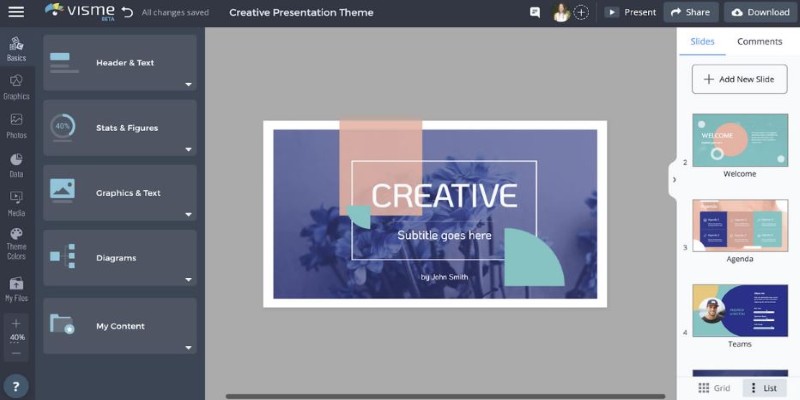
What sets Visme apart is its interactive capabilities. You can embed videos, animate elements, and add polls or quizzes, allowing for a more engaging experience. This makes it ideal for marketers, educators, and trainers looking to create content that captures attention and invites participation.
While there’s a learning curve, especially when structuring more advanced projects, the payoff is creative control and flexibility. Once you get familiar with the interface, Visme allows you to craft visual narratives that do more than just display data—they tell a story. It’s a step up from static presentations and a solid tool for those who value interactive communication.
Piktochart
Piktochart is a go-to platform for anyone who deals with complex information and wants to make it visually accessible. It's designed with data in mind, making it easy to convert statistics and figures into clean, engaging infographics and charts.
The interface is simple and intuitive, allowing users to import data directly from spreadsheets and instantly visualize it through customizable templates. While it can also handle posters, presentations, and basic social media content, its real strength lies in transforming dense reports into digestible, attractive visuals.
Frequently used by educators, nonprofits, and journalists, Piktochart focuses on clarity and simplicity rather than flashy effects. Its modern, minimalistic design style makes it ideal for professional settings where the goal is to inform rather than entertain.
If your job involves breaking down data for different audiences, Piktochart can help you do it in a way that's compelling and easy to understand.
Conclusion
Online graphic design tools have reshaped how we create and share visual content. Whether you're crafting quick social posts, designing detailed presentations, or building product mockups, there's a tool tailored to your workflow. Platforms like Canva, Figma, and others offer flexibility, speed, and creative control—without the steep learning curve. You don't need to be a professional designer to make something that looks polished and communicates clearly. These tools open the door for anyone to express ideas visually, collaborate in real-time, and produce content that stands out. With the right platform, design becomes less about skill and more about intention.
Related Articles
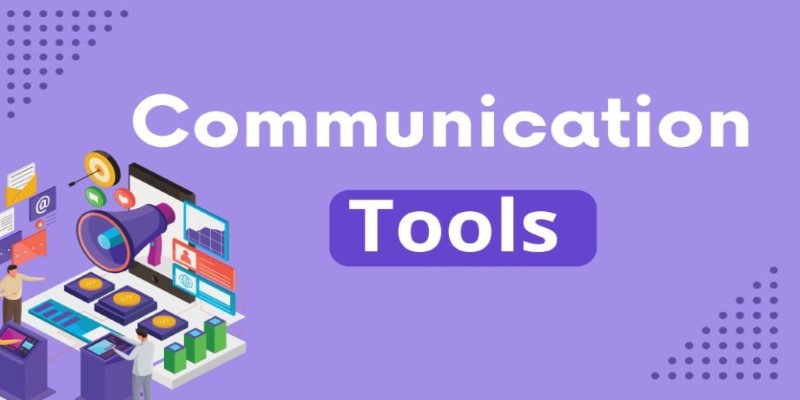
Mastering the Modern Workspace with Communication Tools
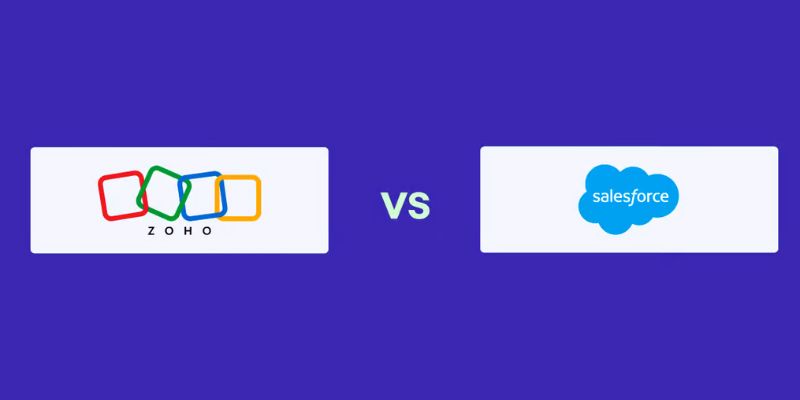
Zoho vs. Salesforce: A Detailed Comparison to Choose the Best CRM

Deciding Between Zendesk and Salesforce: A Comprehensive CRM Guide
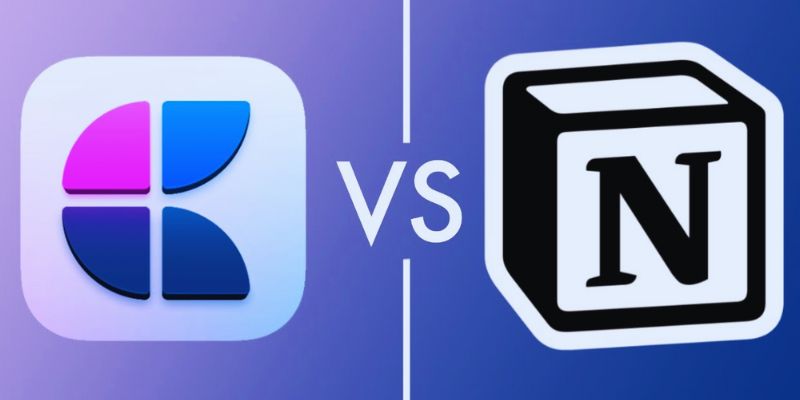
Craft vs. Notion: A Detailed Comparison to Find the Best Option

How to Automatically Respond to Google Business Profile Reviews: A Guide

Wix vs. Squarespace: A Comprehensive Comparison to Find the Best Website Builder

The 5 Best Habit Tracker Apps to Transform Your Life: A Guide

Zendesk vs. Jira Service Management: Which is Best for Your Business
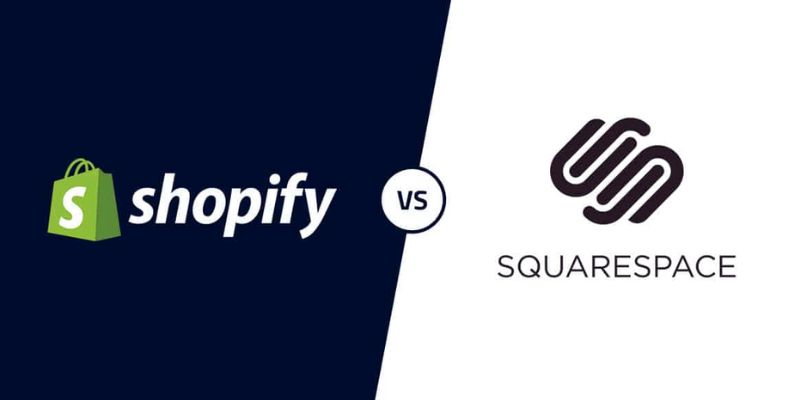
Shopify vs. Squarespace: Which Is Best for E-Commerce Success

Streamline Your Workflow with These Powerful Social Media Platforms
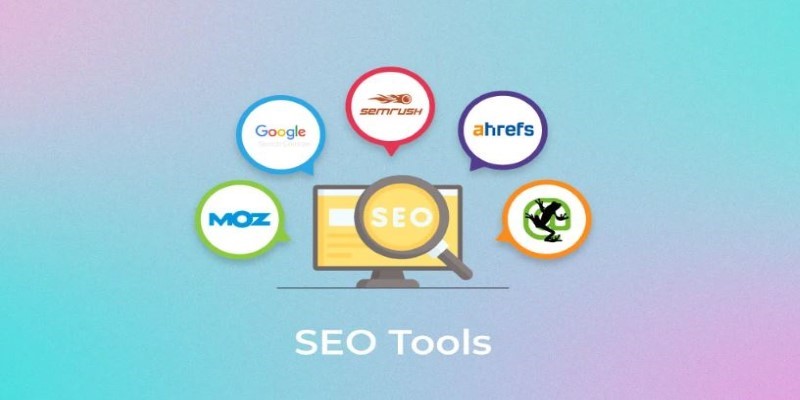
Ahrefs, SEMrush, and More: Essential SEO Tools for Success

 knacksnews
knacksnews